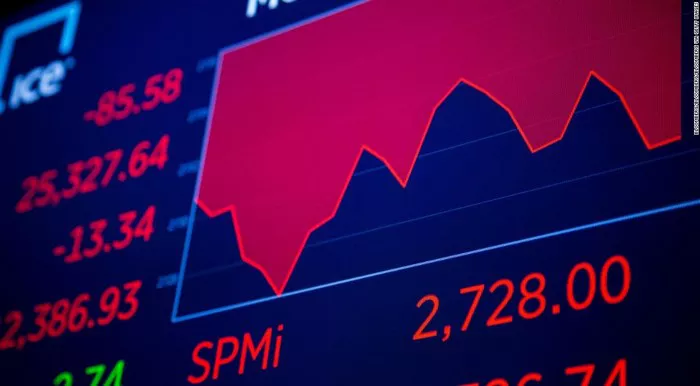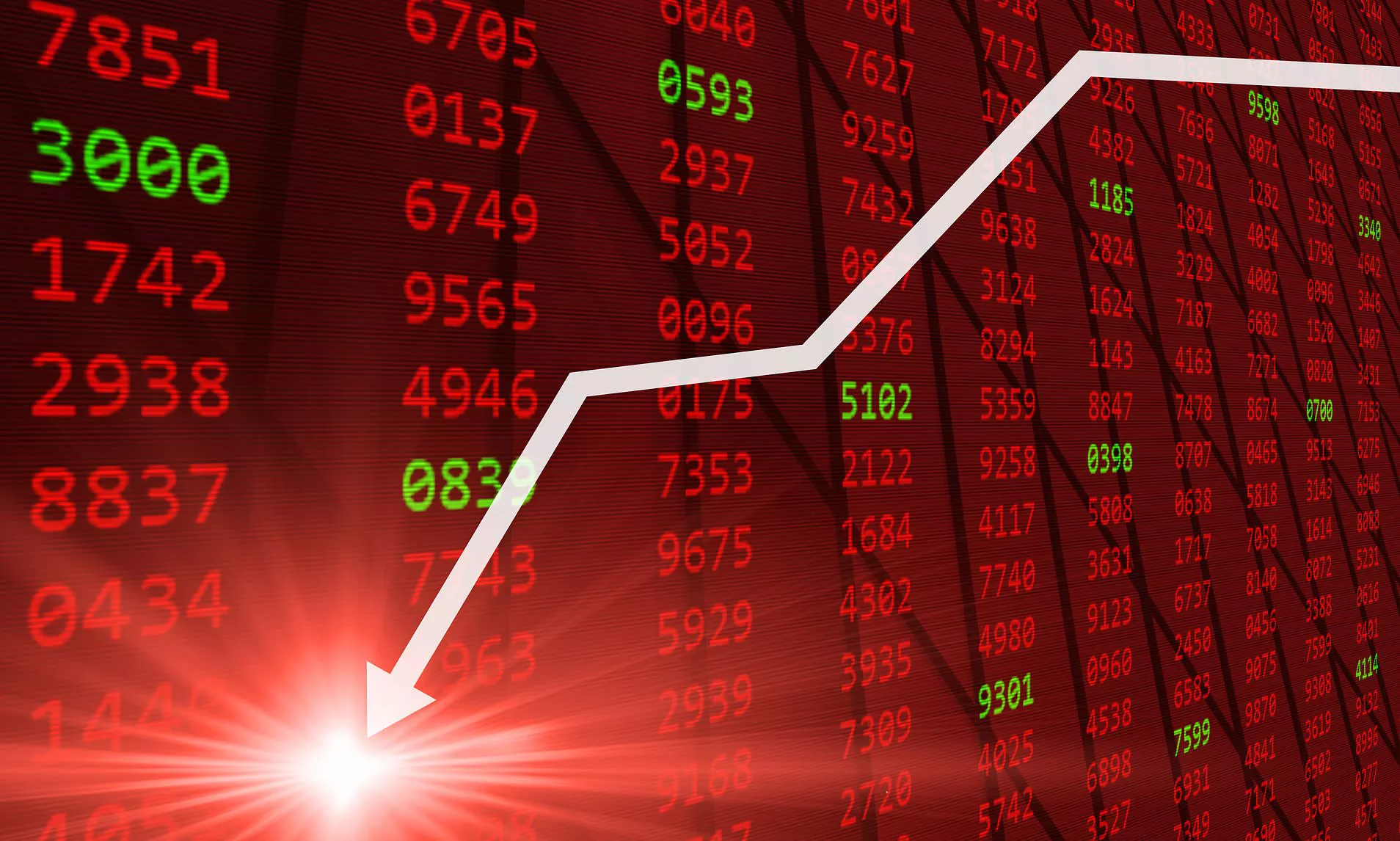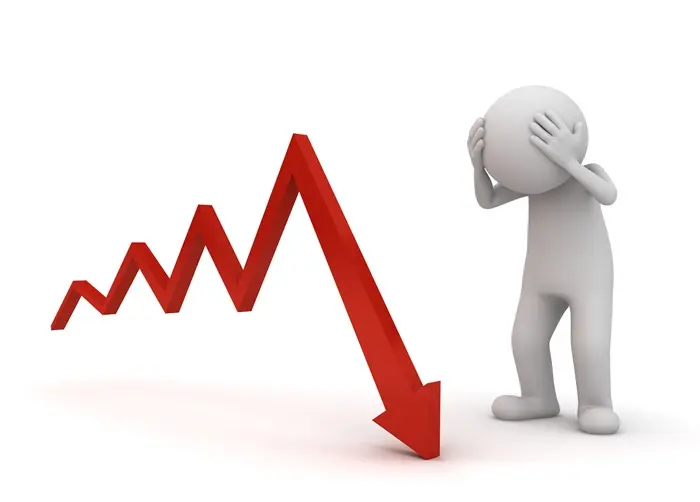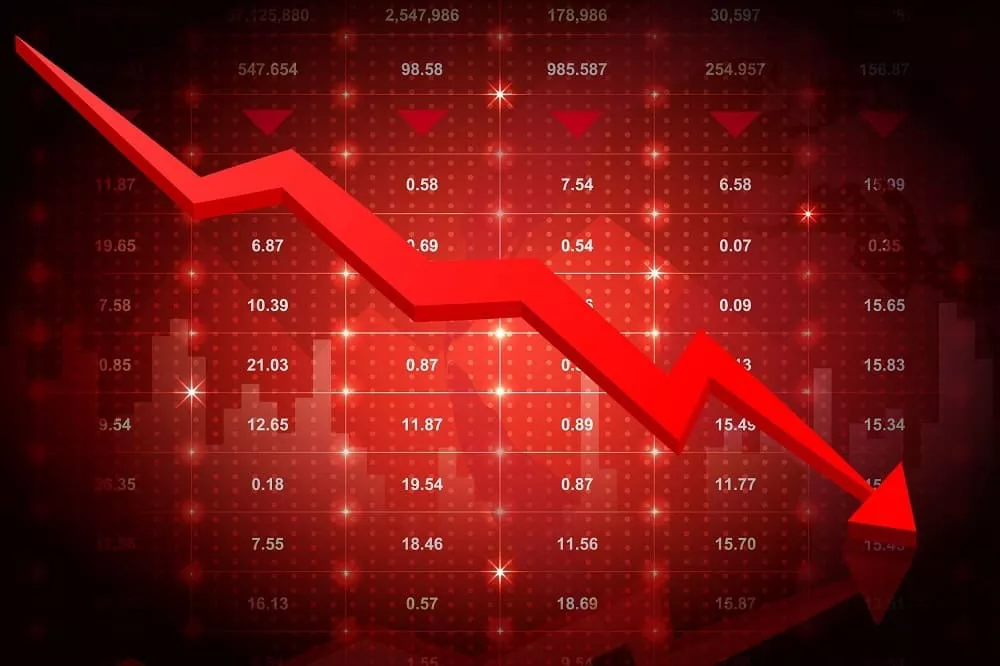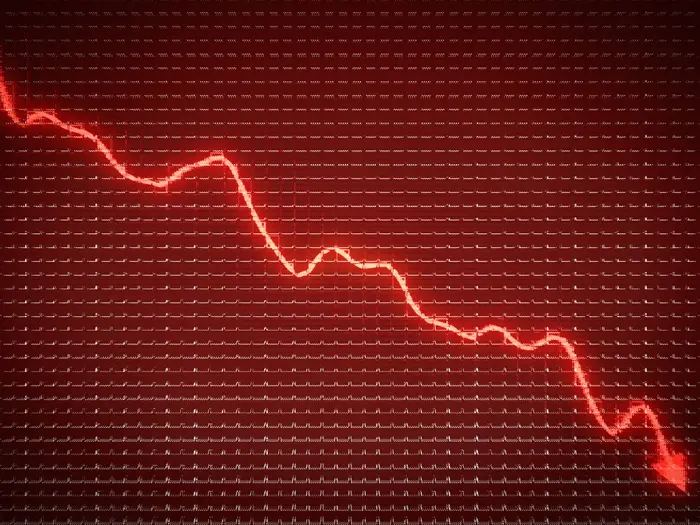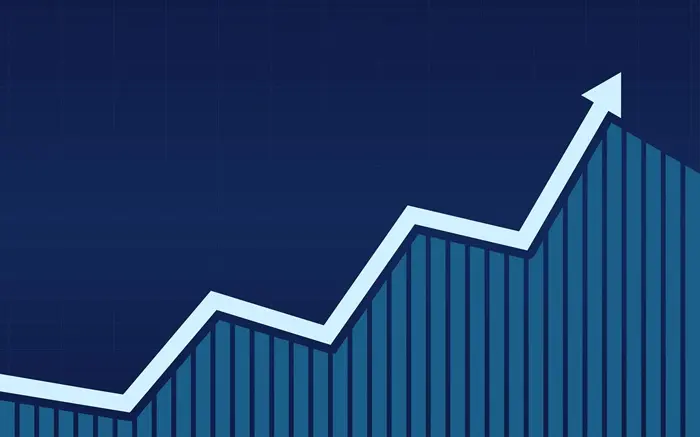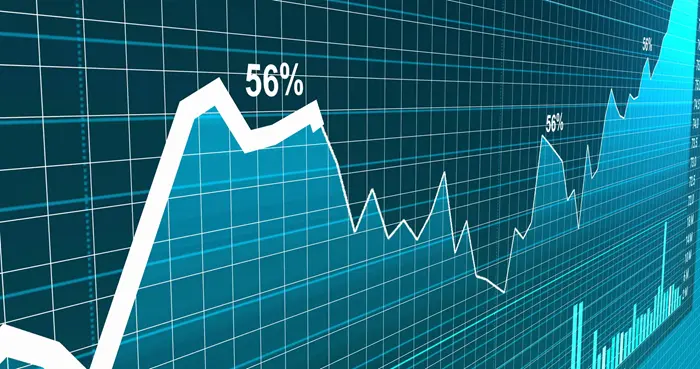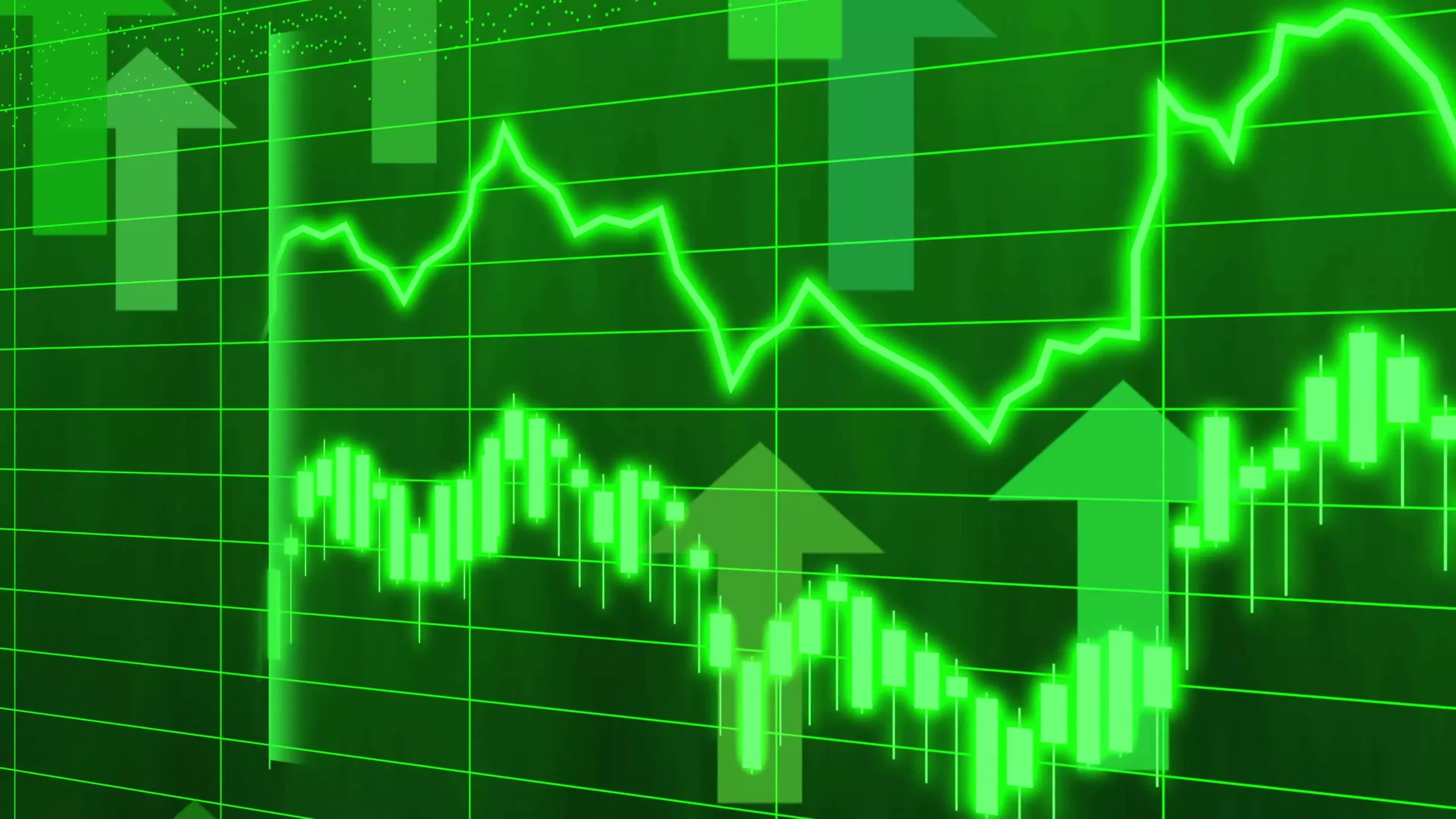In the world of stock trading, pump and dump schemes are a notorious tactic that can lure unsuspecting investors into making hasty and risky decisions. Understanding how pump and dump stocks operate, and recognizing their red flags, can help investors navigate these traps effectively. This article explores how to identify, avoid, and understand the mechanics of pump and dump stocks, as well as what you should consider before making any investment decisions.
What Are Pump and Dump Stocks?
A pump and dump is a type of stock manipulation where the price of a stock is artificially inflated (“pumped”) through misleading or exaggerated claims. Once the stock price reaches a certain point, the manipulators sell off (“dump”) their shares at the inflated price, leaving others with worthless stock. This is a form of stock fraud, and engaging in it can result in severe legal consequences.
Key Characteristics of Pump and Dump Stocks:
Sudden price surges: The stock price will often skyrocket in a short period.
Unusual trading volume: There will be an abnormal increase in the number of shares being traded.
Unverified information: The information circulating about the stock is often exaggerated or completely false.
Heavy promotion: These stocks are often promoted heavily through online forums, social media, emails, and even calls from “stock experts.”
Understanding the risks associated with pump and dump stocks is vital for any trader, especially those looking for quick profits.
Why Do People Buy Pump and Dump Stocks?
Investors looking to capitalize on short-term price movements may be drawn to pump and dump stocks, thinking they can ride the wave of price increases before the stock is dumped.
The Allure of Quick Profits:
The appeal of pump and dump schemes lies in the potential for high, quick returns. In theory, a savvy trader could buy the stock just before it peaks and sell before the price crashes, making a fast profit. However, this is highly risky and unreliable, as the manipulated price often does not reflect the stock’s true value.
How to Identify Pump and Dump Stocks
Recognizing pump and dump schemes before investing in them is critical. There are several key signs that can help you spot potential fraud:
1. Unusual Trading Volume
Sudden surges in volume: A sharp increase in volume is often a warning sign. If a stock normally trades 50,000 shares a day, and then suddenly, it trades millions of shares without a clear catalyst, that’s a red flag.
2. Exaggerated or Unverified Claims
Over-the-top claims: Pumpers often promote a stock by making wild claims about its future growth or a breakthrough product. These claims are usually unverified and speculative.
3. Promotions on Unregulated Platforms
Forums and unsolicited messages: Pump and dump schemes are often promoted through online communities, forums, or social media platforms like Reddit, Twitter, or email newsletters.
4. A Rapid Price Increase
Price surges: Watch for a stock that jumps rapidly in price with no news or underlying fundamentals to support the increase. If the price has no logical justification, the price movement is likely a result of manipulation.
5. Lack of Liquidity After Dumping
Low post-surge liquidity: After the stock is dumped, many traders who bought during the pump find that the stock is almost impossible to sell at the inflated price.
Should You Buy Pump and Dump Stocks?
While the concept of making money from a pump and dump stock is tempting, it’s fraught with risks. Engaging in this kind of trading is highly speculative and can lead to financial loss. Here’s why you should think twice before participating in pump and dump stocks:
1. Legal Consequences
Buying or promoting pump and dump stocks is illegal in many jurisdictions. U.S. regulatory agencies like the Securities and Exchange Commission (SEC) actively monitor suspicious trading activity and investigate potential fraud. If you are caught up in such schemes, you could face significant fines or even jail time.
2. Financial Losses
Even if you manage to buy a stock just before the pump peaks, there is no guarantee that you will sell it at the top. Once the dump happens, the stock price often crashes to pennies on the dollar, resulting in substantial losses.
3. Reputation Damage
Engaging in pump and dump schemes can severely damage your reputation as an investor or trader. It’s important to maintain ethical standards in your investment practices.
How to Protect Yourself from Pump and Dump Schemes
Investing in the stock market requires a disciplined approach. Below are several ways to protect yourself from falling victim to pump and dump schemes:
1. Do Your Research
Before investing in any stock, especially one with rapid price movements, take time to research the company and the fundamentals behind it. Look for consistent news from credible sources and avoid trading on hearsay or hype alone.
2. Avoid Overhyped Stocks
Stocks that are being excessively promoted—especially on unregulated platforms—should raise red flags. Legitimate companies don’t usually need to rely on email blasts or random social media posts to generate interest.
3. Stick to Reputable Brokers
Using a well-established brokerage can help you avoid falling into traps set by fraudsters. Many reputable brokers have built-in security measures to help protect traders from potential scams.
4. Be Skeptical of Promises of Quick Gains
Avoid falling for stocks that promise quick or easy money. The stock market is inherently volatile, and making money requires research, patience, and a well-thought-out strategy. Quick gains in most cases come with high risk.
5. Watch for Red Flags
Be mindful of sudden, unexplainable jumps in stock price or volume. Also, check the company’s press releases and news articles for any legitimate developments.
Alternatives to Buying Pump and Dump Stocks
If you’re looking to make money in the stock market without taking on the risks of a pump and dump, there are several safer, more reliable approaches to consider:
1. Long-Term Investing
Investing in well-established companies with solid fundamentals is one of the safest ways to build wealth over time. Look for stocks that offer growth potential and have a proven track record.
2. Value Investing
This strategy involves buying undervalued stocks with the potential to grow over time. It requires diligent research and patience but is generally considered a safer and more sustainable approach.
3. Diversification
Building a diverse portfolio helps spread risk. By investing in a variety of asset classes and industries, you can reduce the impact of any single stock’s performance on your overall portfolio.
Conclusion
While buying pump and dump stocks might seem like an easy way to make quick money, it is a risky and illegal practice that can lead to significant financial and legal consequences. It’s essential to educate yourself and stay vigilant when engaging in stock market trading. By adhering to proven strategies such as long-term investing, conducting thorough research, and avoiding overly hyped stocks, you can build wealth in a more sustainable and secure manner.
In the end, the best way to protect yourself from pump and dump schemes is to stay informed and to always question the legitimacy of any stock that seems too good to be true.
Related topics:

